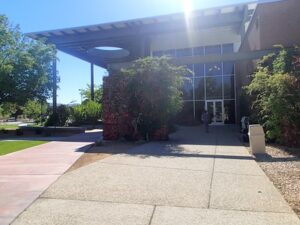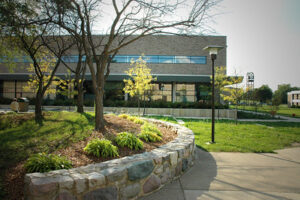Recently, I read an interview with Mitch Daniels, who is currently the President of Purdue University and formerly was the Governor of Indiana. Daniels has been out of elective politics for a decade, but earlier this year, Daniels briefly considered a run for the United States Senate. The interviewer asked Daniels about the one thing that could “save” higher education.
In the interview, he discussed the astronomical cost of a college education, and how many Americans can no longer afford to send their children to school. After a roundabout discussion, Daniels gave his answer. The savior of higher education is… adult education.
Adult education?
I thought about it for a second and then realized that Daniels was probably just promoting Purdue Global, the ashes of Kaplan University, which now occupies a slot in the list of “worst universities in the US.”
But what really ails higher education, and how can it be saved? I think I have an answer that’s at least as meritorious as Mitch’s.
Because of the way states fund their public universities, and because universities have a near-insatiable appetite for new construction, they use what I consider to be a failed model to pay for all the hammering and nailing that happens on campus. Bond issues get public colleges and universities their construction funds up front, and tuition increases pay the bonds over time.
That creates a lot of construction, but it also creates tuition increases. Each new building or capital project layers on new tuition increases, and while you may end up with a lot of new buildings, you also end up with ferocious tuition increases.
Community colleges could learn from higher education institutions without repeating their mistakes
A community college could seek voter approval to issue bonds for capital projects. If the voters agree, they provide the cash to pay for capital projects, and when the bonds have been paid off, the tax goes away.
When universities apply the bond costs to student tuition, those increases don’t go away after the bonds are paid. The university continues to collect them for the never-ending stream of capital debt. Here’s a recent article from the Lansing State Journal that gives a basic rundown of the millions of dollars in construction costs that Michigan State University students are currently financing. Note all the new and increasing fees, the additions to room and board costs, the money that comes from “the genera fund.” All of that is thinly veiled code for, “the students are paying for this.”
Eventually, the accretion of capital costs exceeds what students can afford. Community colleges have begun to adopt this model, but here’s the problem. Community colleges don’t have nearly as much runway to raise tuition and fees costs to pay for construction projects. Students are extremely price sensitive at a community college, so you can’t keep larding on tuition increases and fees, unless you want to positively ensure that future students cannot afford to come to the college.
The future of higher education isn’t adult education, as Mitch Daniels suggests. However, the future of higher education is bleak unless schools stop asking students to pay for capital projects. Universities don’t have the luxury of assessing new taxes, but community colleges do. There is no reason for community colleges to permanently jack up the cost of tuition and fees. The public built every community college, and the public has an obligation to maintain them.
Photo Credit: elycefeliz , via Flickr




















